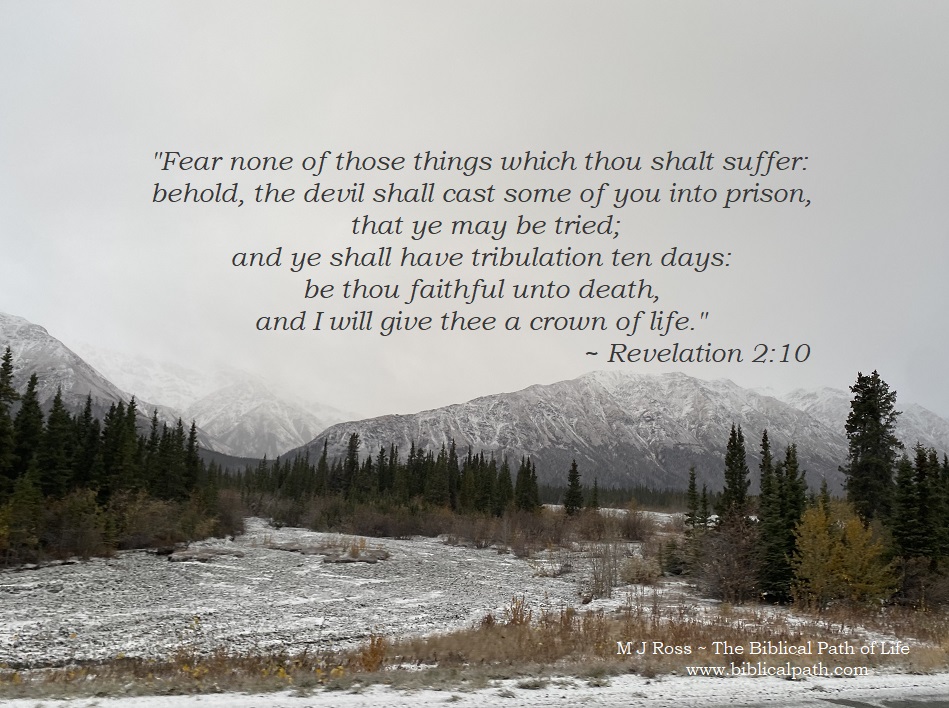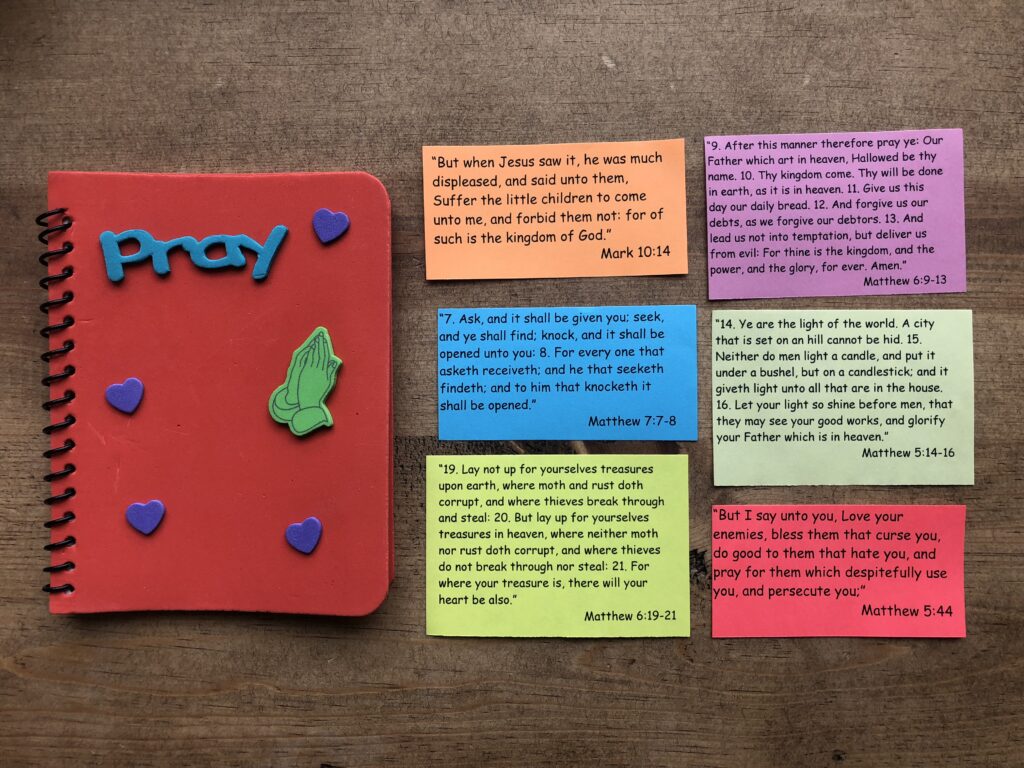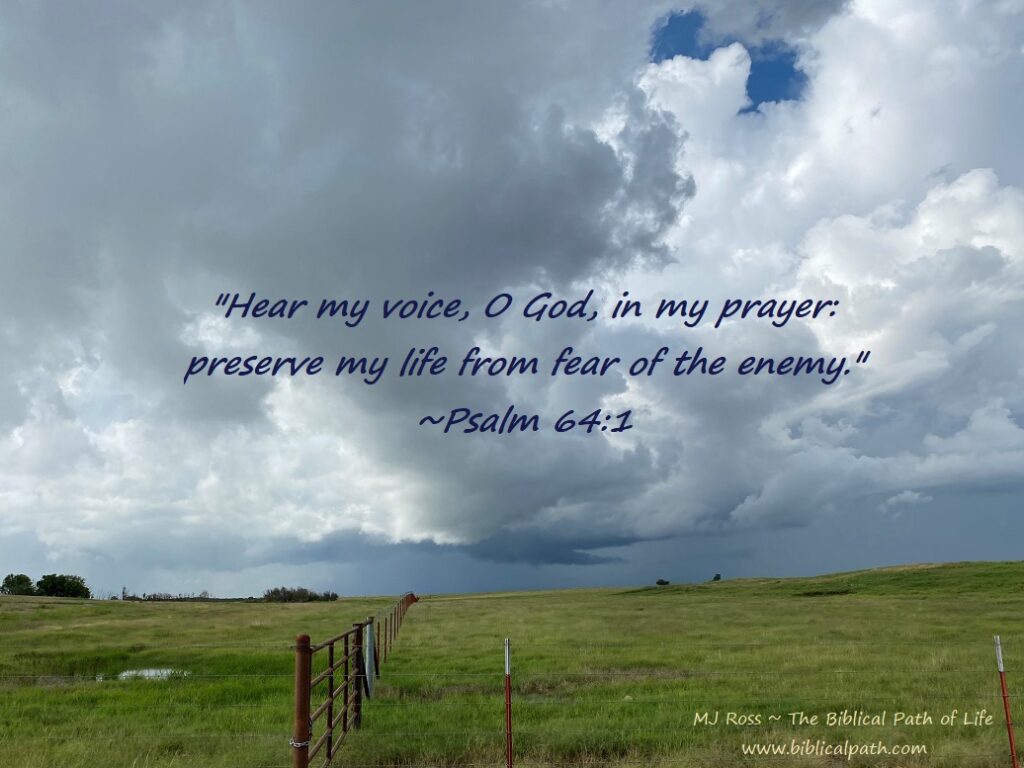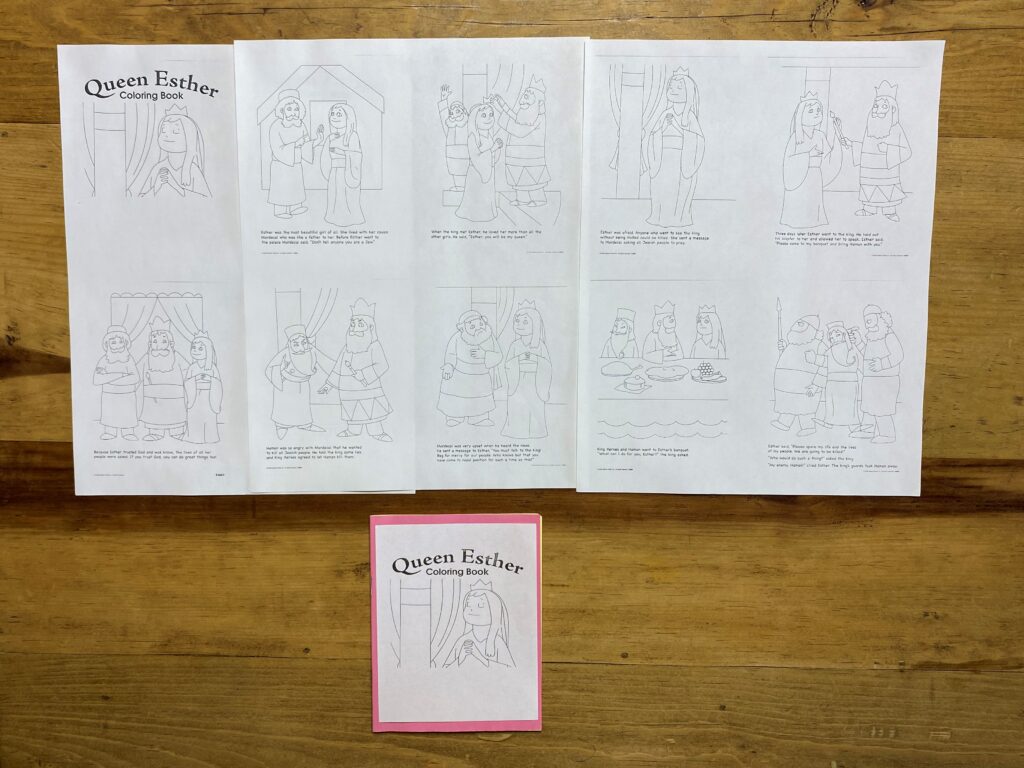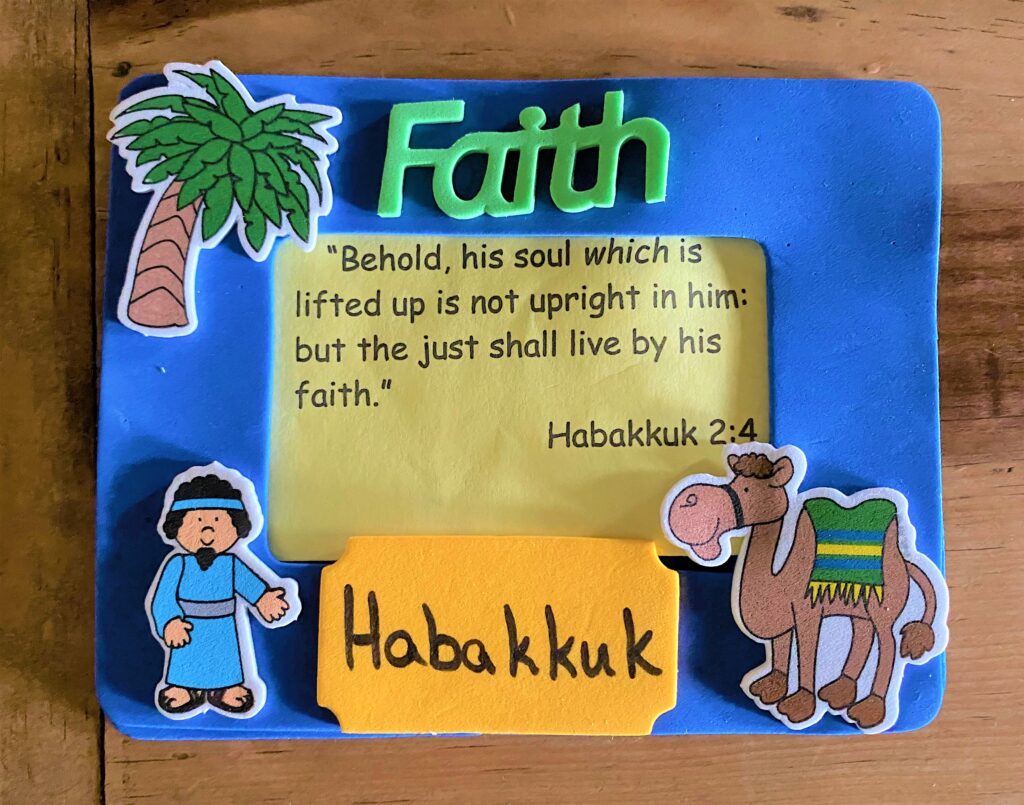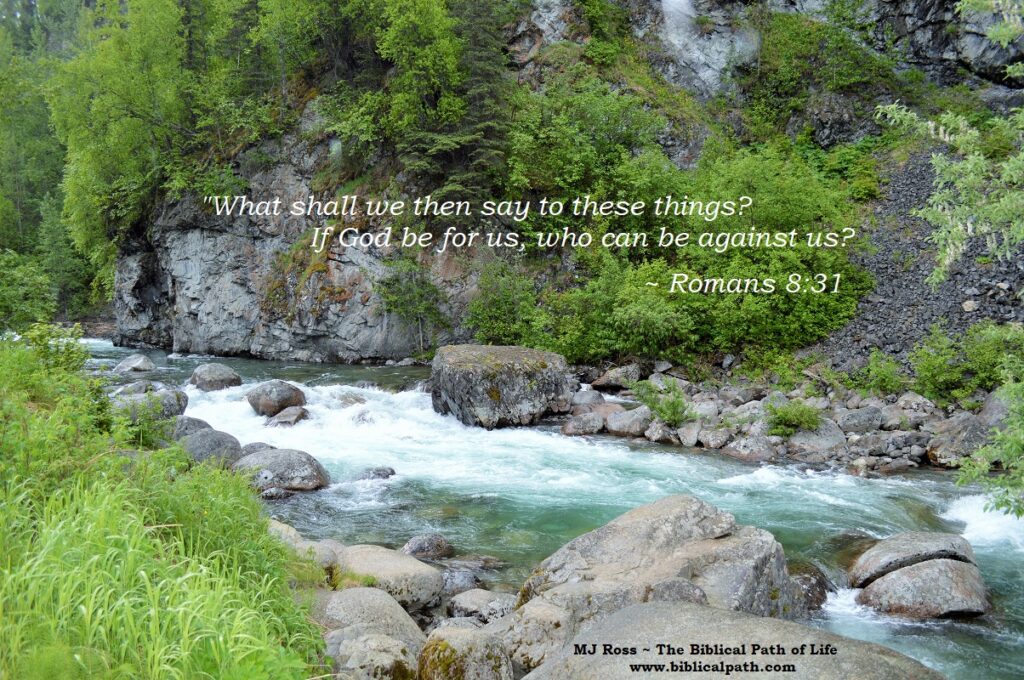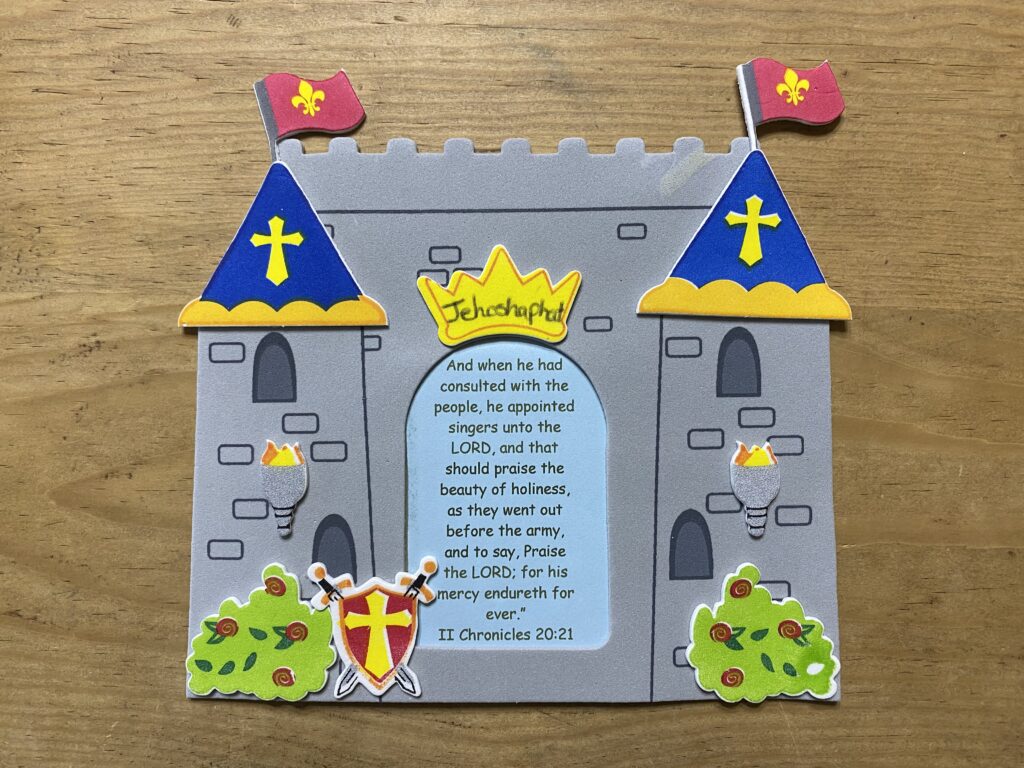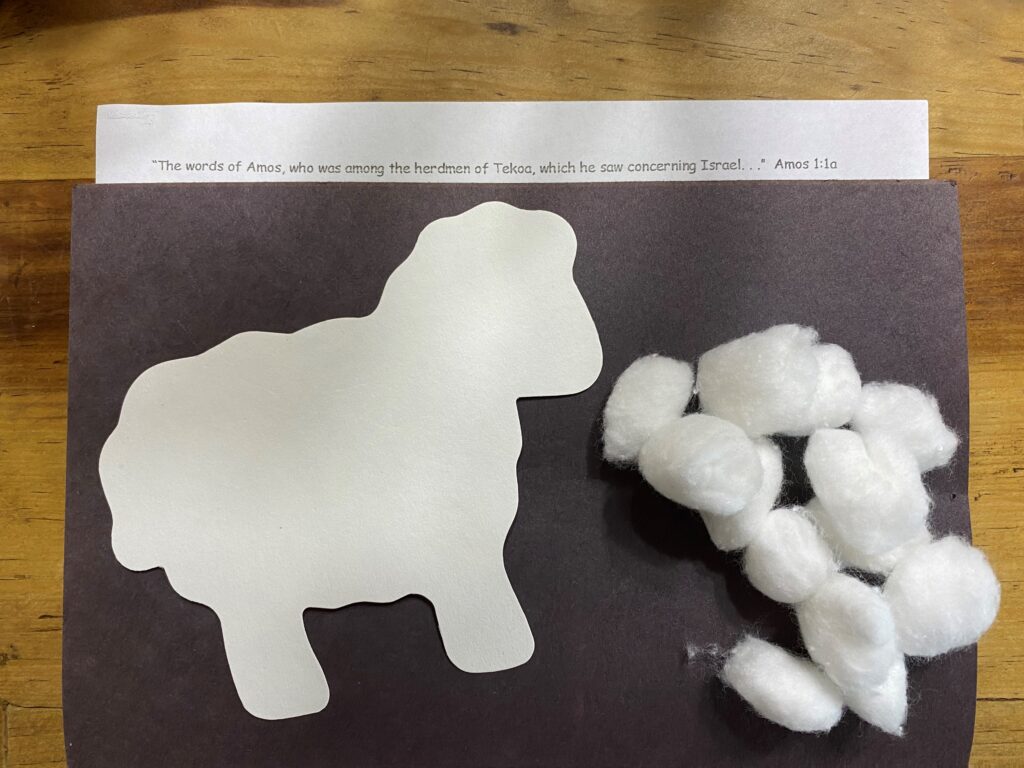
Key Verse
This I say then, Walk in the Spirit, and ye shall not fulfil the lust of the flesh.
—Galatians 5:16
Key Verse Thought: Read today’s Key Verse. Use the following definitions to help you understand it a little better.
- Walk means “the rule or manner by which one lives one’s life.”
- Fulfilmeans“to execute fully a rule or law; to accomplish.”
- The lust of the flesh means “the seat of carnal desires or appetites; proneness to sin; in opposition to the Holy Spirit or His influences.”
In this lesson, we will learn how Paul taught to walk in the Spirit.
Emphasis: In today’s lesson, we are to remember God’s Law was given to reveal sin, but that salvation is by faith in Jesus. Christians are to put to death the old nature along with the wrong things people are tempted to do (see Galatians 5:19-21). Instead, Christians are to walk in the Spirit, allowing the fruit of the Spirit to be revealed in them.
Lesson Summary: In our last lesson, we studied the rest of Second Corinthians. We learned how Paul loved the Corinthian church and taught them, as his own children, to grow in Christ. When he recognized they were failing in a few areas in their Christian walk, he corrected them. He instructed them to not have friends (or marry anyone) who was not a Christian because there was no common fellowship. They were to cleanse themselves from all filthiness of the flesh. Paul also taught them that it was important to examine their own life to see if they were living a Christ-like life. If they were failing in any area, they were to correct those errors.
In this lesson, we find out what Paul wrote to the churches at Galatia after he learned that false teachers had come in leading this church to become legalistic (placing themselves under the confines of the Law from which Christians, through Christ, had been set free). Because of their rejection of grace and the return to bondage of the law, this was the harshest of the letters Paul wrote. Paul wrote to correct the false teaching that had permeated this church. He told of when Jesus called upon him and he believed, separating himself for three years to learn the truth of the Gospel. He then proclaimed the truth to them, honestly and openly, not changing the message to please man. He declared the following: “I am crucified with Christ: nevertheless I live; yet not I, but Christ liveth in me: and the life which I now live in the flesh I live by the faith of the Son of God, who loved me, and gave himself for me” (Galatians 2:20).
Paul stated again that salvation was by faith. He reminded them of Abraham who believed by faith, long before the law was written. He proceeded to teach them that because they had been set free from the Law, they were to live in the Spirit. If they would walk in the Spirit, they would not fulfill the lusts of the flesh. Paul again listed some sins: against the Spirit, against God, and against themselves. These were sins that they were to forsake. Instead, Christians are to obtain the fruit of the Spirit: “for whatsoever a man soweth, that shall he also reap” (Galatians 6:7).
Y3Q3 – Lesson 7 Questions
Y3Q3 – Lesson 7 Children’s Worksheets
If you are teaching this to younger children, the following is a craft idea to help them remember this lesson:


One time we took pictures of fruit and added them to the “basket”. Another time we colored pictures, cut them out, and added them to the “basket”.
The Biblical Path of Life – Year Three, Quarter Three is now available through Amazon.
